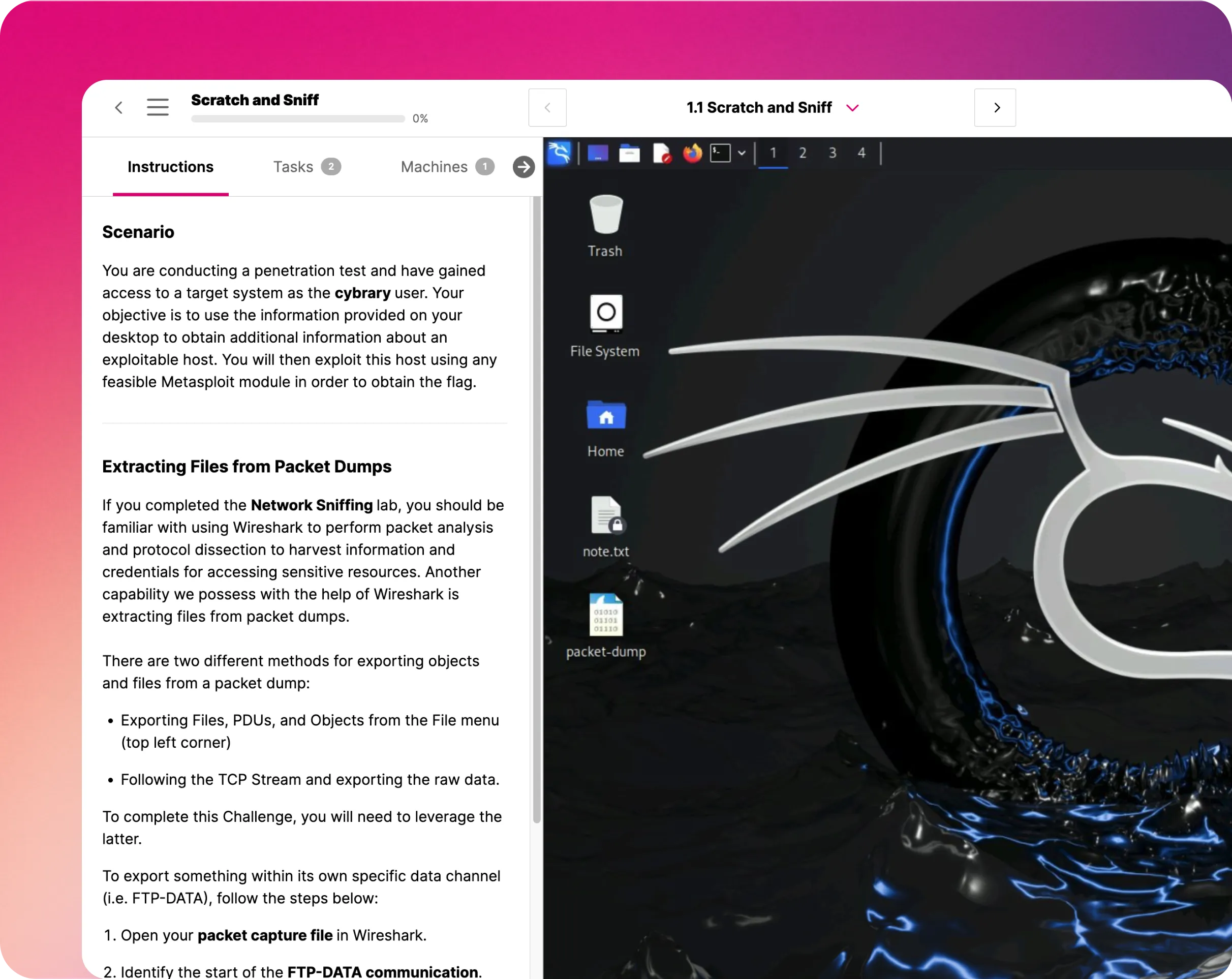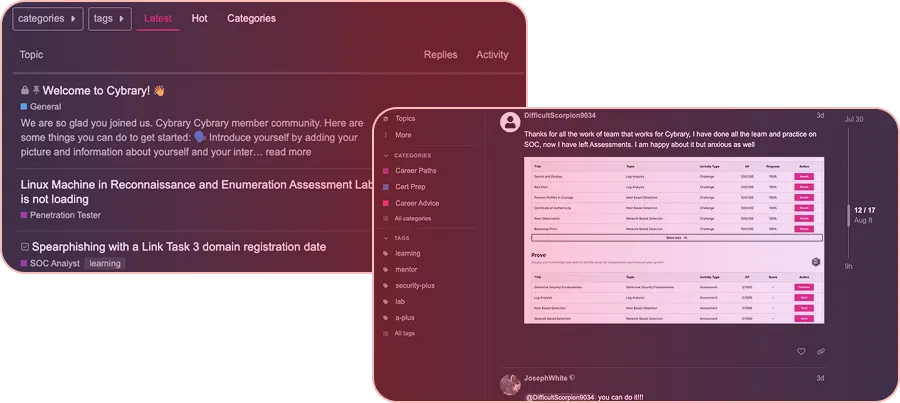How to Use Unicornscan (BSWR)

Course Content
Who Needs to Use Unicornscan?
Unicornscan is a popular port scanning tool that has hundreds of individual features. Port scanners are essential tools to have when you are beginning a security investigation on a local or remote network. The unicornscan port scanner, an attempt at a User-land Distributed TCP/IP stack, is designed to provide users with a better interface for initiating stimuli in and then measuring responses from TCP/IP enabled networks or devices.Unicornscan is most often used by network and system administrators and programmers. This tool is essential for scanning servers and hosts to see what available ports are being utilized for network communications.
Why Use the Unicornscan Tool?
The Unicornscan port scanner can be used to gather and correlate network and OS information. It was built for security testing and research communities. The tool was designed according to the acronym SAFE – Scalable, Accurate, Flexible, and Efficient. Unicornscan is widely used because of its many scanning capabilities, as well as uncommon network discovery patterns, which provides unique alternative methods to explore details about remote operating systems and services.Some of the main benefits of Unicornscan include:
Because Unicornscan has its own TCP/IP stack, it enables users to scan much faster than other port scanners. This can make a big difference when scanning large networks for researchers and penetrations testers. Additionally, because there is a built-in TCP/IP stack, Unicornscan is able to send packets with different operating system fingerprints than the OS of your host. This allows users to obscure their identity.
If you are a programmer, system administrator, network administrator, penetration tester, or other IT security professional who needs to learn Unicornscan for port scanning, this Unicornscan tutorial will be useful to take. The course will teach you the basics of Unicornscan and how to use it.
Teaching Assistant Vikramajeet Khatri and Tahir Ibrahim
(Disclaimer: Breaking Stuff with Robert is a Cybrary series that will be running indefinitely. You will not earn CEU/CPE hours by watching any individual 'Breaking Stuff with Robert' episode. However, you can still earn a certificate of completion for each episode completed.)



































